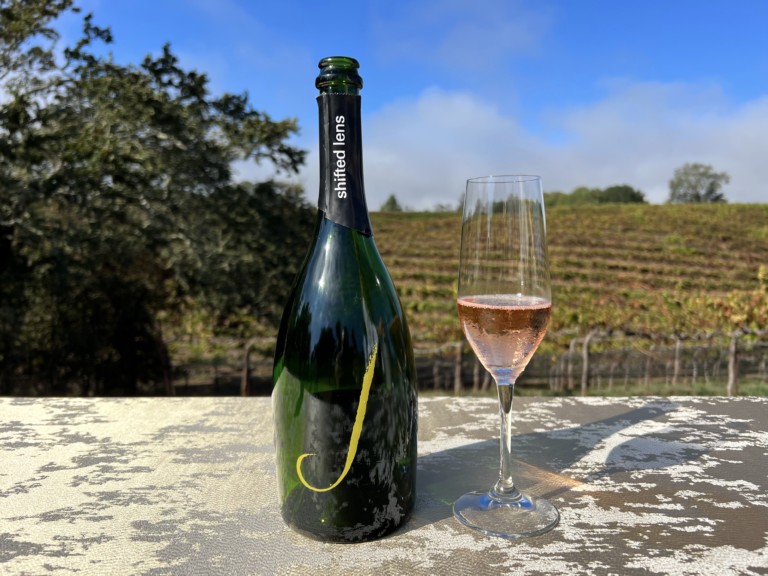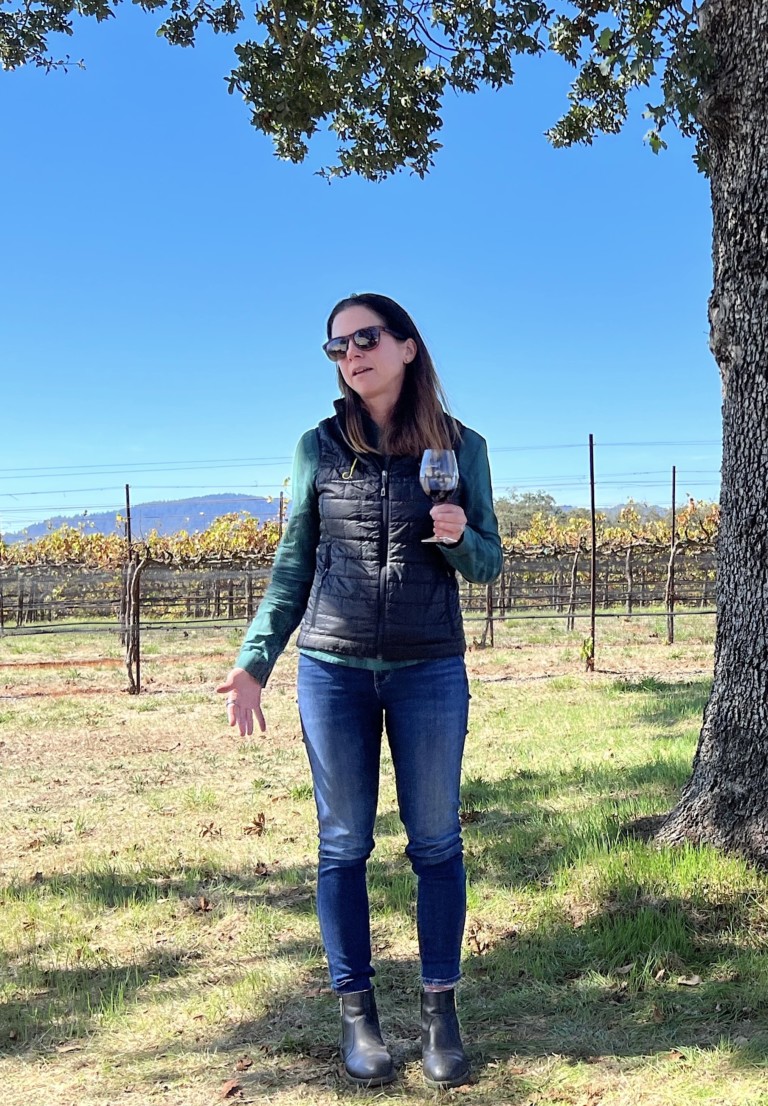It didn’t take George Miliotes long to discover wine. By age 12, he was fascinated with the bottles at his family’s Orlando restaurants – Mr. Dunderbak’s deli and a steakhouse called Chris’ House of Beef. He went to work in-town for Disney, served as General Manager of California Grill and eventually became one of the founders of Seasons 52, which focuses on light fare with seasonal specials that change on a weekly basis. He currently serves as Director of Beverage and Hospitality for Seasons 52, oversees the wine program for all 44 locations of The Capital Grille and is one of only approximately 175 people on the planet to secure a Master Sommelier certification. He passed a grueling three-stage exam that required him to face an onslaught of beverage- and service-related questions from existing master sommeliers and to correctly identify six wines by varietal, country of origin, growing region and vintage. To further reinforce how important wine has been in his life, he said, “The first words out of my oldest daughter’s mouth were Bordeaux and Burgundy.” Capital Grille recently invited a group of journalists to join Miliotes for lunch at the Beverly Center location, and after the meal, he further explained his background and approach.
Josh Lurie: At what point did you know you’d end up working with wine for a living?
George Miliotes: That’s a funny question. When I was 12 years old, I started in my family’s restaurant, that had a retail sales area for wine. One of my first jobs was to clean the bottles at the back of the restaurant. I don’t know if I want to use the term geeky, but I got interested in those bottles of wine at 12, not so much in drinking them, but in learning what the different labels meant. As I grew up, I continued to educate myself and learn more. You’d be surprised how good it is to know about alcohol when you get to college, which was a cool thing. When I got to Orlando after college and was working in my family’s business, that’s kind of when my passion for wine ignited. While I’m a fairly competent restaurant manager, I figured there was some focus I wanted to do on wine. And then when I worked for Disney after that, the master sommeliers came and did a class there, and I was like, that is what I want to be. Since 12 I’ve been in the business, but for the last 20 years, I’ve been studying wine and spirits and how they interact with food and people, and being accommodating and gracious.
JL: What was the name of your family’s restaurant?
GM: We had a steakhouse called Chris’ House of Beef. Very creative name. And then we also had these Germanic style delis called Mr. Dunderbak’s. Back in the ‘70s, having Brie cheese and Havarti cheese and wines from France, all those things were new and cool to the market, so I got to learn about all those gourmet foods, even as a young child, so that gave me a good base.
JL: Where did you go to school?
GM: I went to DePauw University, with a w on the end.
JL: What did you major in?
GM: I majored in economics, but I’ve got to be very direct. I got my degree and got decent grades, but being social director of my fraternity taught me just as much about business as classes did, because in a restaurant environment, you’re pretty much throwing a party every night, and you’ve got to prepare for that party and make sure all the people who arrive at your party enjoy that party to the maximum. So I know it’s a strange way to look at it, but that’s what I do every day, make sure people come in and enjoy themselves in our restaurant.
JL: Why was it important for you to become a Master Sommelier?
GM: There’s a course out there called the Master Wine Course. It’s much more writing oriented and technically oriented, but a master sommelier has to be able to know about wine, to be able to taste wine blind, but also to be of service. And to be of service takes two levels. First is, in speaking to a guest, you’ve got to know how to sell to a guest, and how to make them happy. Then you also have to be into educating people. And just as we did today, when I finish with you, I’m going to go to the next room and educate 25 servers on the Artist Series and the Sommelier’s List. Everybody snickered that I get three cases of wine per week to try, or that I get to travel around the world and eat good food and drink good wine. The best thing by far that I do is educate consumers and educate the teams. That’s kind of what separates being a master sommelier from the other things.
JL: After you filled an entire box with index cards and studied three times over, was it worth it?
GM: Absolutely. I’d do it again. I had somebody tell me, “It’s going to be about the journey, not the destination,” and at first I said, “No, it’s about the destination, me becoming a master sommelier as quickly as possible,” but absolutely it’s about the journey, the people I met who were also aspiring to be master sommeliers, other people in the business. It’s one of the coolest things I’ve done in my life, and I wouldn’t change anything.
JL: What do you enjoy about pairing wine with food?
GM: Well, I love to eat and I love to drink, and those two things together are just a passion of mine. Certainly I like trying things with new and different wines, but there are few joys greater in life than sitting down to an excellent meal with an excellent bottle of wine. That’s what I enjoy most about it.
JL: What are a few important things to keep in mind when pairing wine with food?
GM: My overriding thing is if you’ve got good food, pair good wine with it first. Don’t even worry. Good wine and good food naturally are going to go together. Now, there are some very simple rules that most of us already know. If it’s red meat, generally red wine is going to be what you’re going to want. If you’re going to eat a steak, get your highest quality red wine out and you’re going to be happy. If you have seafood that’s white, I recommend a white wine. And then if you have – whether it’s a meat product that’s lighter in color or a fish that’s darker in color – that’s when you move into lighter reds like Pinot Noir or Tempranillos, or possibly heavier whites like Chardonnay. But it still comes down to, if I’ve got good food, I want to make sure I have good wine on the table.
JL: Are there any misconceptions about wine that you would like to address?









Blog Comments
16 – California Grill – 90s Disney
March 8, 2023 at 1:25 PM
[…] https://foodgps.com/qa-with-master-sommelier-george-miliotes/ […]